While spiders are fascinating creatures, some of them pack a powerful bite. Meet the most terrifying, deadly spiders you might encounter in the U.S.—and why you’ll want to give them plenty of space.
1. Black Widow Spider
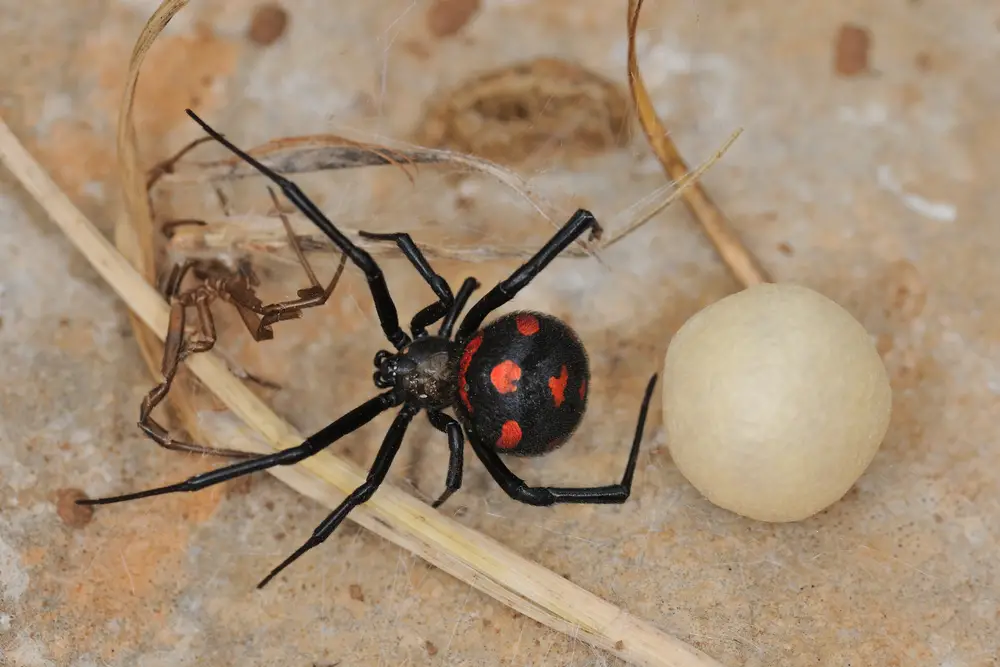
Known for its shiny black body and red hourglass marking, the black widow is among the most infamous venomous spiders. Found throughout the U.S., its bite can cause severe pain, muscle cramps, and even difficulty breathing in extreme cases. While fatalities are rare, a black widow bite is one to avoid.
2. Brown Recluse Spider
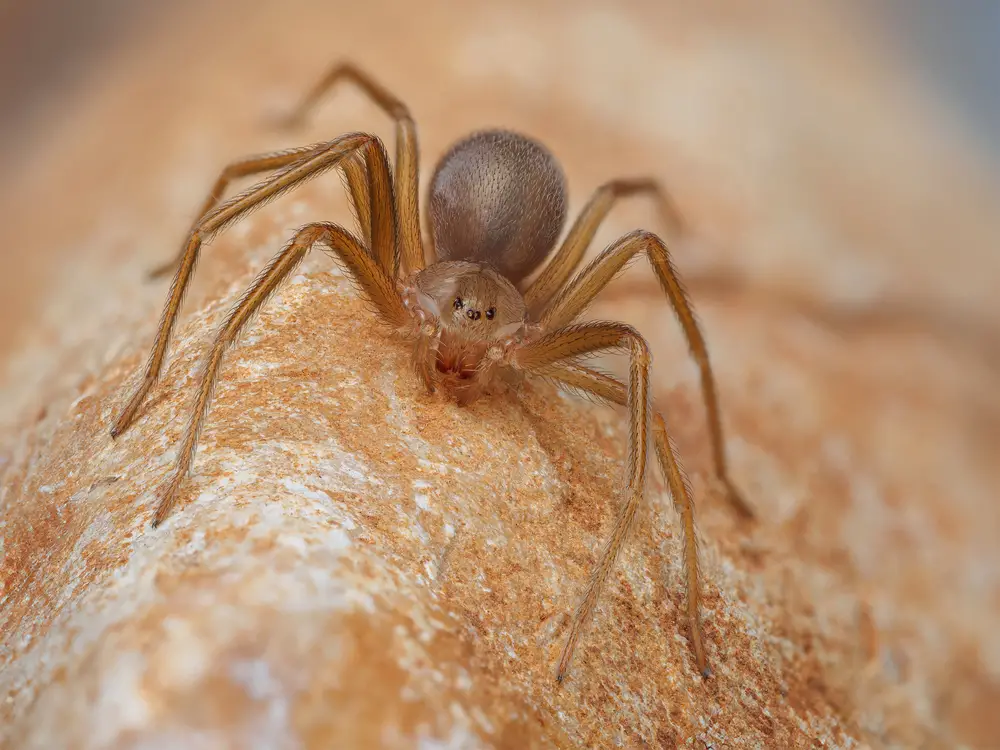
The brown recluse is notorious for its venom, which can cause necrotic (flesh-eating) wounds. Identified by its violin-shaped marking on its back, this spider prefers hiding in dark, undisturbed areas. A bite can cause tissue damage and, in severe cases, infection and permanent scarring.
3. Hobo Spider
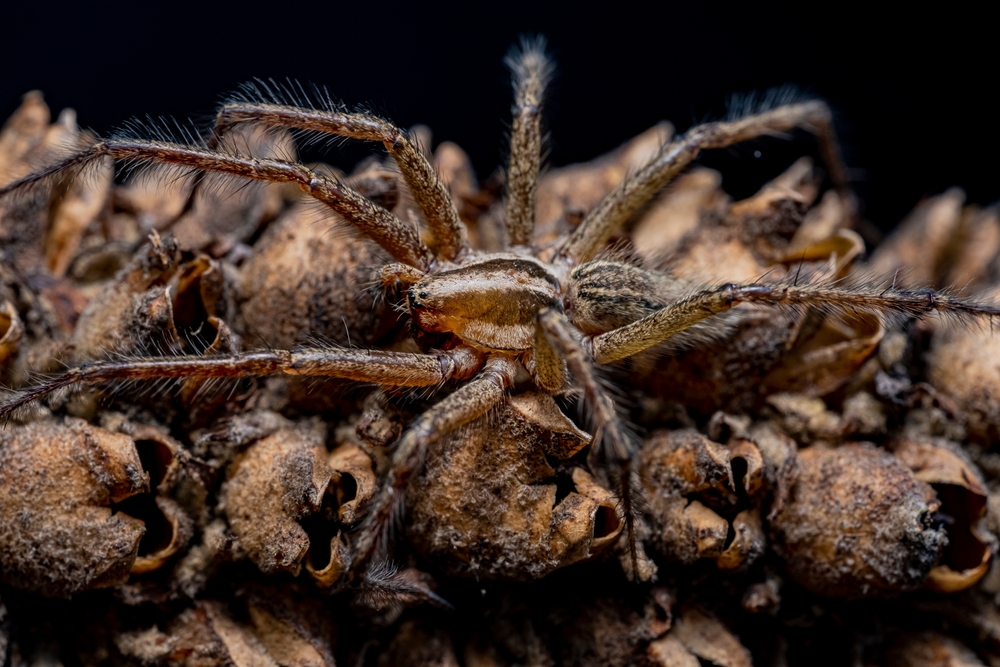
Originally native to Europe, the hobo spider is now found in the Pacific Northwest. Its bite can cause skin necrosis, similar to the brown recluse, though less severe. The hobo spider is fast and aggressive, particularly when protecting its egg sac, making it a dangerous encounter if disturbed.
4. Yellow Sac Spider
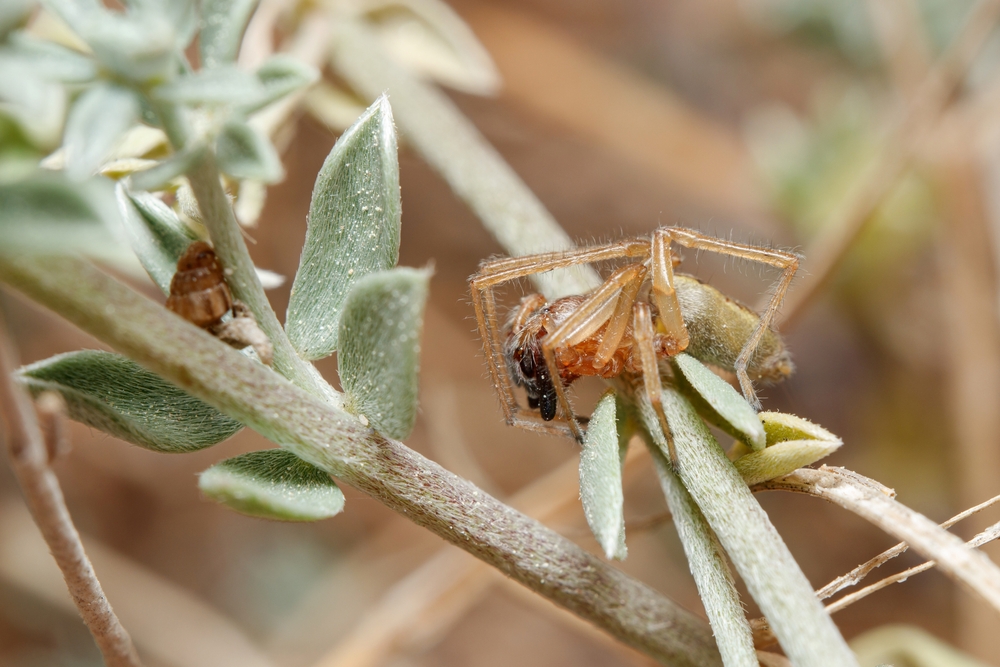
Found across much of the U.S., the yellow sac spider may look harmless, but its bite can be painful and lead to blisters and necrotic skin lesions. These small, pale yellow spiders often enter homes during colder months, where they can accidentally come into contact with humans.
5. Wolf Spider
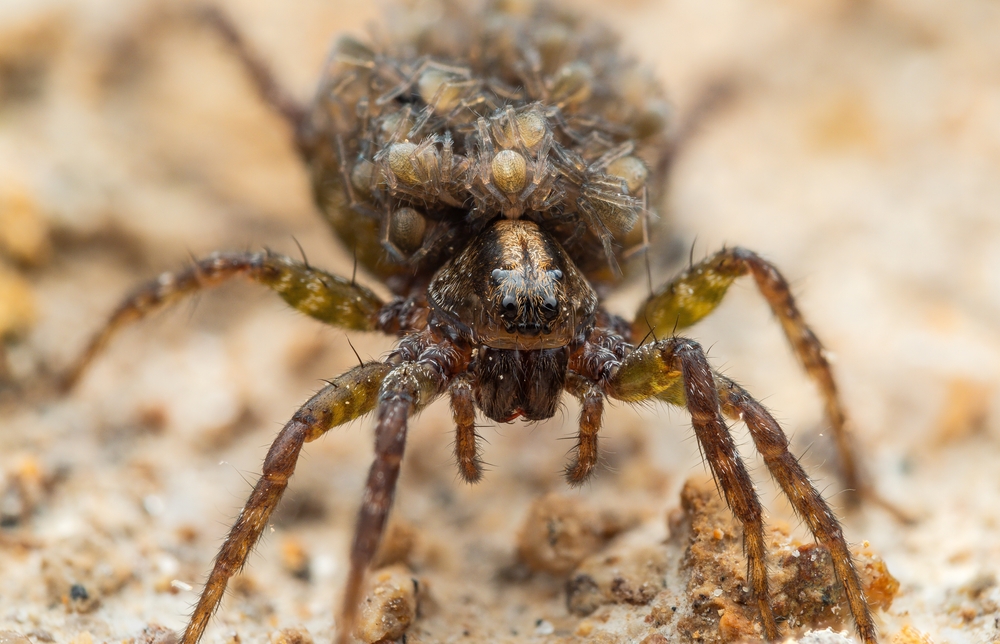
With a bulky body and long legs, the wolf spider may look intimidating, but it’s not aggressive toward humans. However, its bite can cause moderate pain, swelling, and an itchy rash. Found across the U.S., this spider is often confused with more dangerous species due to its size and appearance.
6. Red Widow Spider
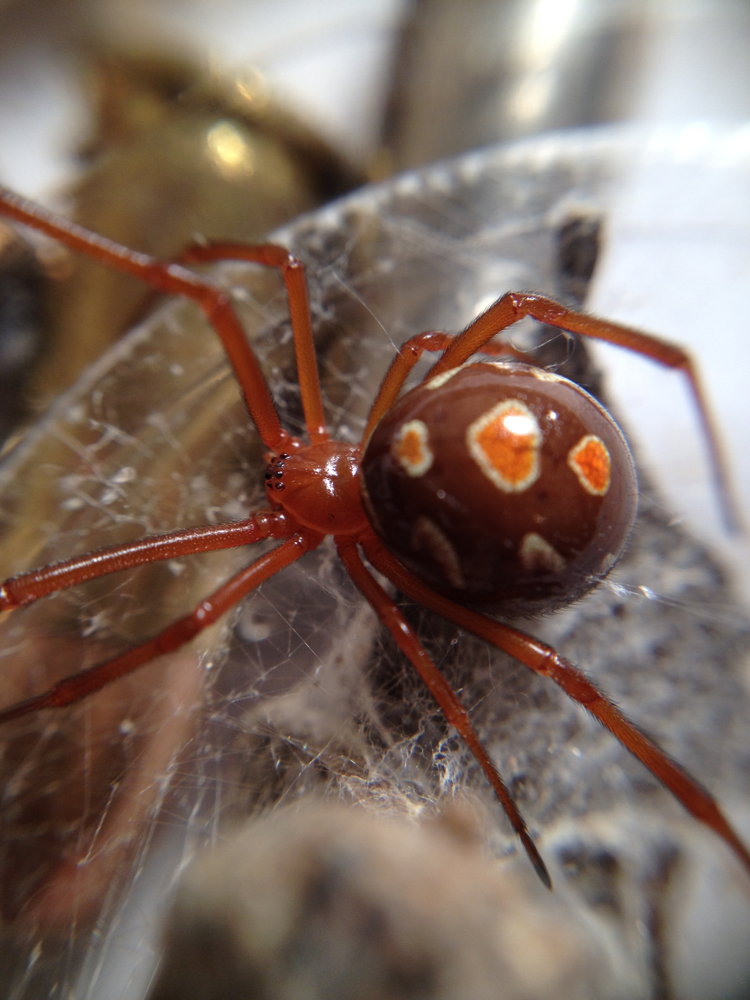
The red widow spider is native to Florida and has a striking appearance with a reddish-orange body and black legs. Its venom is similar to that of the black widow, causing muscle pain, cramping, and nausea. The red widow is rare, but its venomous bite is potent and potentially harmful.
7. Black House Spider
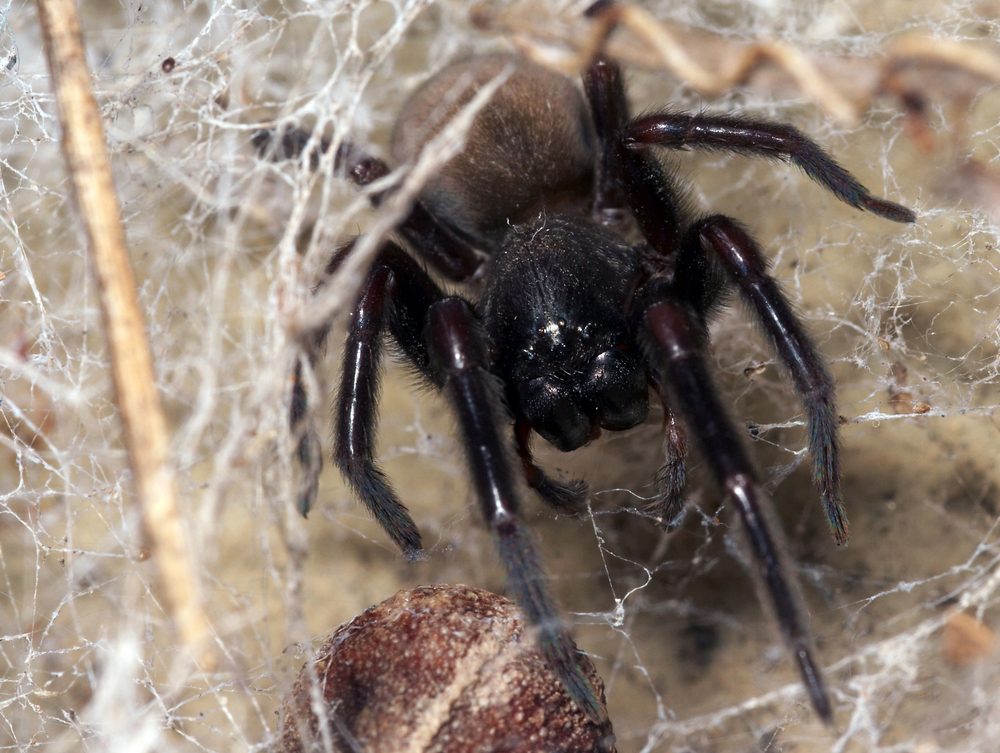
Often found in dark corners of basements and sheds, the black house spider isn’t as deadly as the black widow but still packs a painful bite. Native to Australia, this spider has become common in parts of the U.S., especially in the Southwest. Its bite causes localized pain, swelling, and sometimes nausea.
8. Brown Widow Spider
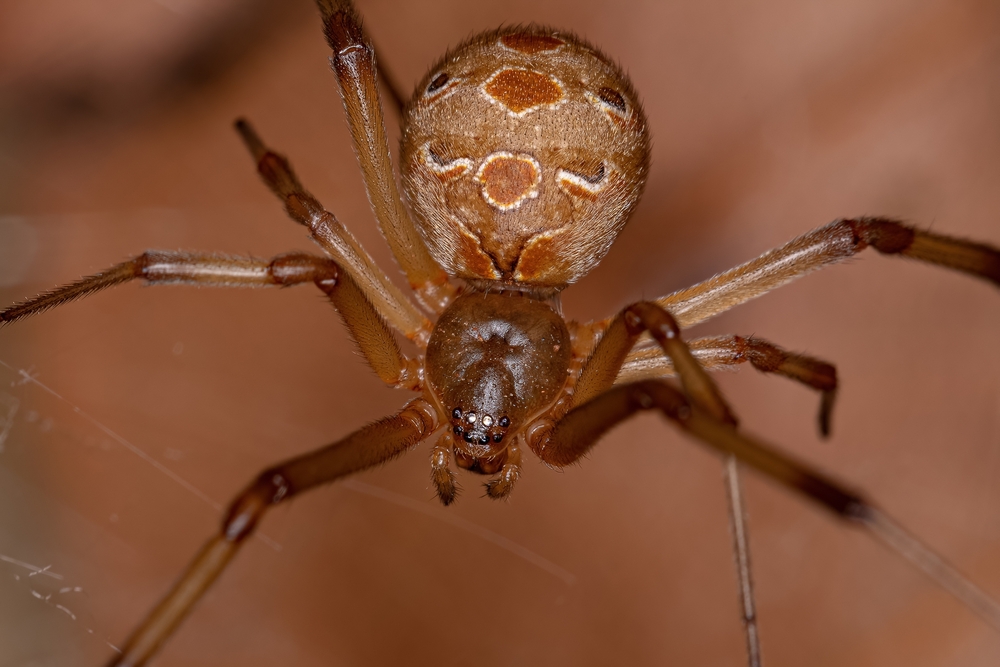
The brown widow spider is a close relative of the black widow but is slightly less venomous. Its bite can still cause pain, muscle cramps, and nausea, though symptoms are generally less severe. Found in warmer regions like the Southeast and Southwest, it has distinctive orange or yellow markings on its underside.
9. Southern House Spider
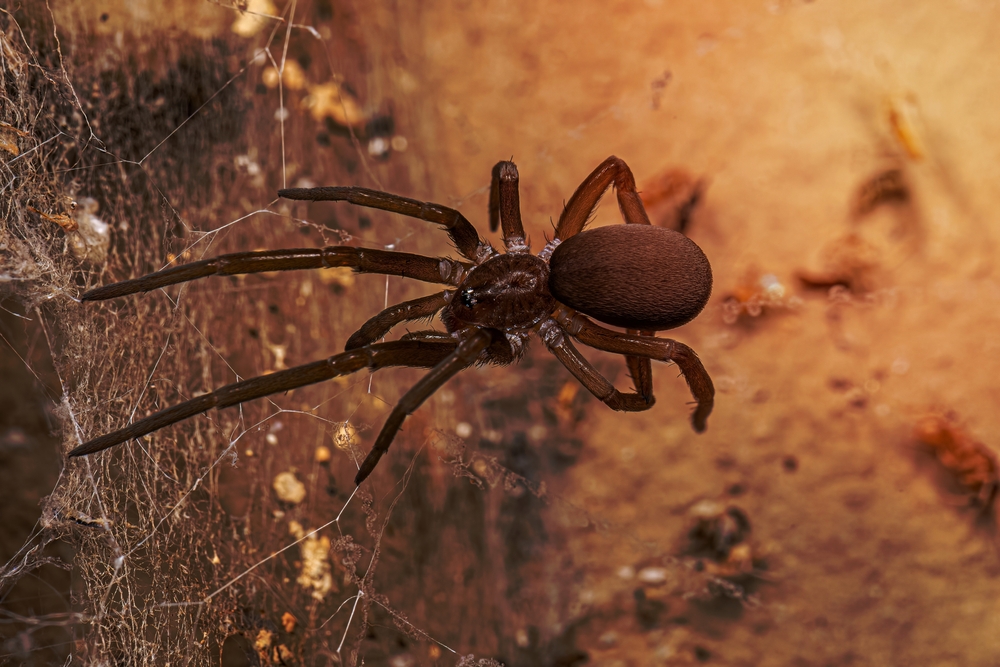
These giant, dark spiders can be mistaken for tarantulas. While their bite is not lethal, it can cause significant pain and swelling. Southern house spiders are commonly found in the southeastern U.S. and can become aggressive if they feel threatened.
10. False Black Widow
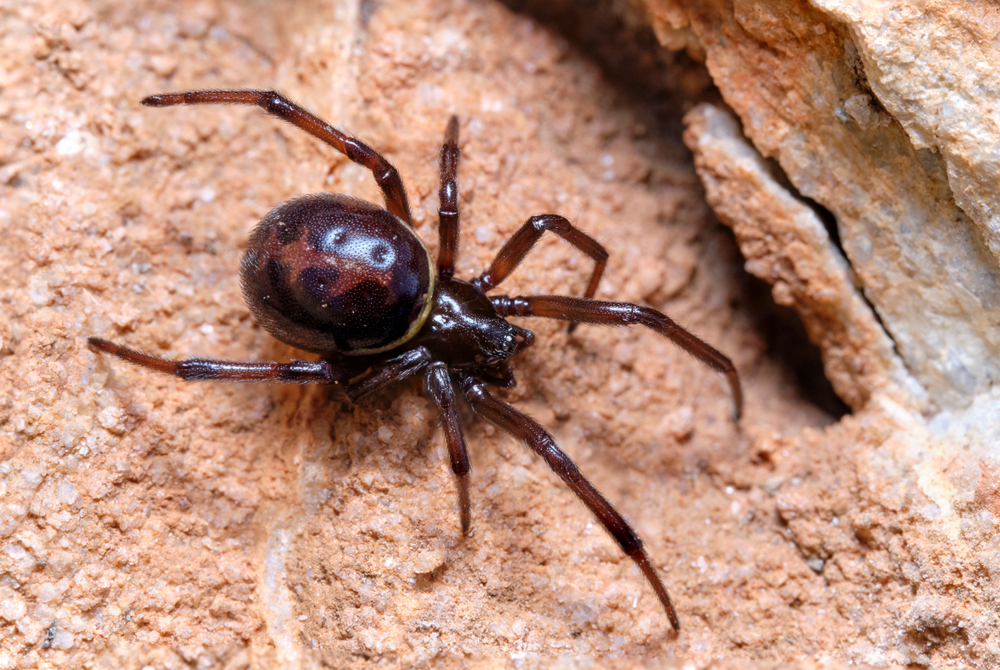
Often mistaken for the infamous black widow, the false black widow has similar markings but lacks the red hourglass. Its venom isn’t deadly, but a bite can cause intense pain, muscle cramps, and sweating. False black widows are found across the U.S., particularly in basements and sheds.
11. Six-Eyed Sand Spider
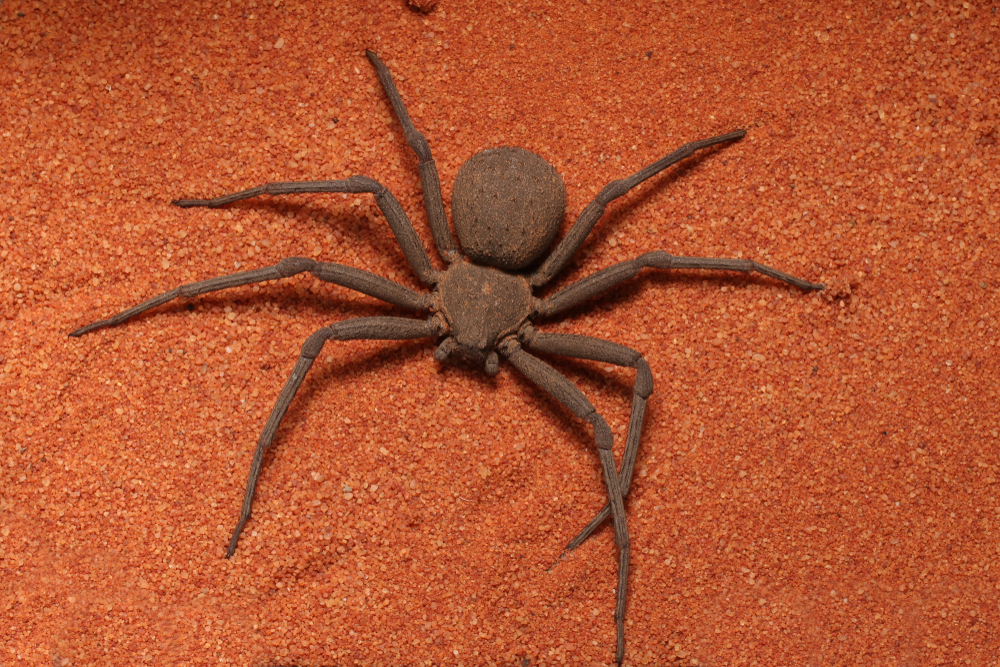
Native to the southwestern deserts, the six-eyed sand spider is one of the most venomous spiders in the world. While it rarely bites humans, its venom can cause significant tissue damage and internal bleeding. Its reclusive nature keeps it out of sight, but it can be dangerous if disturbed.
12. Trapdoor Spider

Though not as venomous as others on this list, trapdoor spiders are known for their painful bite and unique hunting style. Found in the southern U.S., they dig small holes in the ground and create “trapdoors” out of silk and debris. Their bite can cause intense pain, swelling, and a lasting, uncomfortable wound.
